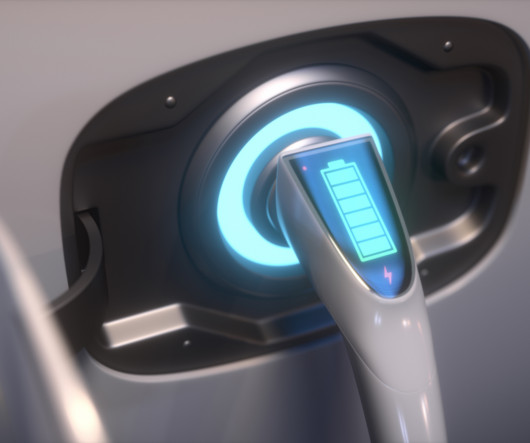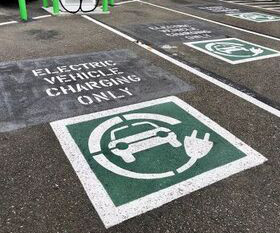How is New Zealand disposing of EV batteries?
Drive Electric
APRIL 4, 2023
In this article, we will explore what happens to old EV batteries in New Zealand and why it’s essential to dispose of them properly. Once the battery has been completely exhausted, it will be sent off for safe recycling, which ensures valuable materials and chemicals are extracted. How is New Zealand disposing of EV batteries?














Let's personalize your content